Day 7
Today we tour this historical town .
The main gate .
Pingyao, officially Pingyao Ancient City, is a settlement in central Shanxi, China, famed for its importance in Chinese economic history and for its well-preserved Ming and Qing urban planning and architecture. Administratively, it comprises the town of Gutao in Pingyao County in Jinzhong Prefecture. It has a population of about 50,000
The town is first recorded c. 800 bc and has been the seat of local government since at least the Qin. By the 16th century, it was a regional financial hub; in the late 19th century, some consider it to have been the financial centre of the Qing Empire. It is a UNESCOWorld Heritage Site and a AAAAA-rated tourist attraction
Hi tech toys :-P
There was already a settlement in place at Pingyao by the reign of the Xuan King (r. c. 827 – c. 782 bc), when the Zhou raised earthen ramparts around the site
In the Spring and Autumn period, the county belonged to the kingdom of Jin. It was part of the kingdom of Zhao in the Warring States period. Under the Qin, it was known as Pingtao. During the Han Dynasty, it was known as the seat of Zhongdu County.
Pingyao serving as the financial center of the region from the 16th century and of the entire Qing Empire during the late 19th century . During those times, there were more than 20 financial institutions within the city, comprising more than half of total in the whole country
Old and new .
Such a nice view .
Pingyao still retains its urban layout from the Ming and Qing dynasties, conforming to a typical ba gua pattern. More than 300 sites in or near the city have ancient ruins .
The city has over a hundred streets and lanes, lined with close to 4,000 17th–19th century shops and residences. The streets and storefronts still largely retain their historical appearance.
Cute kids .
Terrace homes .
A tiny shop .
Larger residences .
A larger street .
China can live just on its own local tourist .
A central tower .
As the sun comes out the attire changes .
We visit a main location.
The ancient government offices .
A larger yard .
All offices in the front . .
You would never guess from the street entrance...the size of this place .
Prisons .
With heated beds .
Cells .
Nice gardens everywhere .
More memories .
The main office yonder .
The emperor's representative .
Big huh .
The big boss's office .
And residences behind .
More offices .
Actual ancient equipment...for the officials
Work and live here...
The officials come from elsewhere...
They are posted all over China .
The workings of an empire .
That's a bed . Small .
Just behind their offices are the residences .
Depictions of the city walls .
Nice huh .
Nooks and crannies everywhere .
In this administrative section ,there are gardens...
And all the luxuries .
Probably better for the officials safety .
The central garden .
Peaceful .
And old aerial photo...impressive .
Now we get to walk here .
Another spirit screen .
And we're back on the outside .
We head to the outer walls
One of the main gates .
Big it is .
And on the rampart .
Under the ramparts.
And outside the walls .
This is just a small part of it .
Hooped cannons .
And this is the ....
Moat !!!
Impressive no ?
Time to go up .
Built in the Ming Dynasty and restored in 1703, gate towers of Pingyao Ancient City Wall are six in total. Simple, elegant and stately, they are 16.14 metres tall, 13.72 metres wide and 10.04 metres deep. When wars broke out, generals can deploy the army here; therefore, gate towers are deemed as defense facility of vital importance.
None of the buildings are higher than the wall .
Like so .
Many more cannons .
The defenders view .
So we decided to walk along the walls .
While madam poses :-P
Looking into peoples houses .
The way we came .
Its a really long walk if you are adventurous .
With nice views .
A guard tower .
Being lazy we figure we've walked enough .
So down to a cold drink :-)
A last look .
The city wall consists of an unbroken rectangle and features a rammed-earth-and-brick structure that goes 6.2 kilometers around. It is 10 metres in length and 5 metres in width at the bottom and 2.5-6 metres on the top. The wall measures 6 to 10 meters high, every 50 meters on the outside wall, a horse face building protrudes, altogether, there are 72 watchtowers and 3000 crenels
Many of the old buildings are shops now .
Colourful .
Next we visit here .
The Confucian temple in the Ancient City of Pingyao, Shanxi Province, was first built in the early years of the Zhenguan era (CE 627-649) of the Tang ( CE 618-907) Dynasty, i.e., during the reign of Emperor Taizong, considered as one of the greatest, if not the greatest, Chinese emperor. The original, modest temple was not built as a memorial temple, but rather, was the family temple of Confucius himself
Really nicely decorated .
Pingyao Confucian Temple is China's oldest preserved Confucian temple
Those parts of the temple complex which stem from the reconstruction in CE 1163 are the only examples of Jin Dynasty Confucian-temple architecture to be found throughout all of China. Moreover, the temple complex boasts 87 sculptures of Confucius and his disciples, the largest grouping of such sculptures in any Confucian temple complex anywhere in the world.
Throughout most of its history, Pingyao Confucian Temple was the home of the local school. With the abolition of the old Chinese examination system that had been set up during the final years of the reign (CE 1875-1908) of Emperor Guangxu during the Qing (CE 1644-1911) Dynasty, the old local school hierarchy was also abolished.
Most of the architecture of Pingyao Confucian Temple has been preserved in its Jin Dynasty state, i.e., from its CE 1163
The Pingyao Confucian Temple – was officially inscribed as a UNESCO World Heritage Site .
Its really nice .
And much older than the one in Beijing .
So we walk and walk...
Confucius .
Ancient scrolls .
If you don't heed the bell , they beat you with it :-P
Still in the temple...
And we had a short break here...
Time to leave .
Past the temple walls...
And finally....,
We're out on the streets .
Only to immediately enter another temple .
The city god temple .
The Temple of the City God of Pingyao is a well-preserved Taoist temple located in Pingyao County, Shanxi Province, China. The temple consists of three separate temples on a complex, covering over 73,000 square meters .
Its big...
The main shrine .
Entrance to the other shrines .
Caishen temple
- This temple is dedicated to the God of Wealth Caishen. In this temple, there are numerous figures that has dedicated shrines
A performance stage up there .
Inside the side temple .
Cloudy wall art :-)
Zaojun temple
- This temple is dedicated to the Kitchen God.
Nice and benign here...
Soothing pictures here...
Then this , ha ha ha
Alrighty then .
Fun place .
In the evening the main shrine has a short play...
So we go see...
The main alter .
We had no idea what was going on...
But it was short and colourful .
A procession outside...
And we continue our tour .
Non touristy places .
This is where the locals live.
Now we enter here .
The Rishengchang Exchange Shop located in Pingyao, Shanxi province, China, is considered the first draft bank in China's history.
The oldest bank in China .
See that gated thing .... that's the entrance to the underground vault .
and the bank officer slept here .
Pingyao is beautiful .
In the afternoon we board a train..a fast train .
To Xian .
Day 8
This trip had 3 main highlights.
One was the great wall .
We're on the way to see the 2nd .
Everywhere we had a car ,driver and guide.
If it was just the guys things would have been very different .
We head out of town .
To here .
First we have to walk past a town built to sell souvenirs .
Then to this huge place...just for tickets .
We hop on an electric bus ...
Some people walk .
Nice mountains.
So why are we here ????
For this !!!!!!
So cool to be standing here .
Bucket list ticked .
The Terracotta Army is a collection of terracotta sculptures depicting the armies of Qin Shi Huang, the first Emperor of China. It is a form of funerary art buried with the emperor in 210–209 BCE and whose purpose was to protect the emperor in his afterlife.
The figures, dating from approximately the late third century BCE, were discovered in 1974 by local farmers in Lintong District, Xi'an, Shaanxi province. The figures vary in height according to their roles, with the tallest being the generals. The figures include warriors, chariots and horses. Estimates from 2007 were that the three pits containing the Terracotta Army held more than 8,000 soldiers, 130 chariots with 520 horses and 150 cavalry horses
The Terracotta Army is part of a much larger necropolis. Ground-penetrating radar and core sampling have measured the area to be approximately 98 square kilometers (38 square miles )
This is how the statues were before restoration .
and this after .
Except for the headless wonder :-P
Its huge .
The warriors stand guard to the east of the tomb. Up to 5 metres (16 ft) of reddish, sandy soil had accumulated over the site in the two millennium following its construction, but archaeologists found evidence of earlier disturbances at the site. During the excavations near the Mount Li burial mound, archaeologists found several graves dating from the eighteenth and nineteenth centuries, where diggers had apparently struck terracotta fragments. These were discarded as worthless and used along with soil to back fill the excavation .
We make our way around .
Lifelike .
The terracotta figures are life-sized. They vary in height, uniform, and hairstyle in accordance with rank. Their faces appear to be different for each individual figure; scholars, however, have identified 10 basic face shapes
The most well travelled bunny .
Restoration ongoing here .
Literally piece by piece .
Memories .
So this whole area is called pit 1.
from here...
We go to pit 2 .
All the statues were actually colourful .
Pit 2 has cavalry and infantry units as well as war chariots and is thought to represent a military guard.
This pit is deeper and smaller .
And much less crowded .
How it was found .
We leave and head to the museum .
A short walk .
Well preserved .
How they had to dig .
Originally, the figures were painted with bright pigments, variously coloured pink, red, green, blue, black, brown, white and lilac. The coloured lacquer finish and individual facial features would have given the figures a realistic feel. However, much of the colour coating had flaked off or become greatly faded.
Life sized .
Really nice grounds .
Reminds me of Dali .
Now to pit 3 .
Pit 3 is the command post, with high-ranking officers and a war chariot.
Very detailed .
and decorated .
Next we leave the nice AC and drive here .
In some places known as the Pyramids of China .
A huge site .
First we stop here .
Infact this whole valley is supposed to be a burial pit .
The Terracotta Army is part of a much larger necropolis. Ground-penetrating radar and core sampling have measured the area to be approximately 98 square kilometers (38 square miles)
Actual bones .
Now here .
Memories .
The Mausoleum of the First Qin Emperor (Qin Shi Huang ) is located in Lintong District, Xi'an, Shaanxi province of China. This mausoleum was constructed over 38 years, from 246 to 208 BC, and is situated underneath a 76-meter-tall tomb mound shaped like a truncated pyramid.[1] The layout of the mausoleum is modeled on the Qin capital Xianyang, divided into inner and outer cities. The circumference of the inner city is 2.5 km (1.55 miles) and the outer is 6.3 km (3.9 miles). The tomb is located in the southwest of the inner city and faces east. The main tomb chamber housing the coffin and burial artifacts is the core of the architectural complex of the mausoleum.
A very interesting speculation about the presence of rivers of mercury .
Will be interesting once they actually open the tomb .
After lunch we continue our tour of Xian .
Giant Wild Goose Pagoda or Big Wild Goose Pagoda , is a Buddhist pagoda located in southern Xi'an, Shaanxi province, China. It was built in 652 during the Tang dynasty
The original pagoda was built during the reign of Emperor Gaozong of Tang (r. 649–683), then standing at a height of 54 m (177 ft).[1]This construction of rammed earth with a stone exterior facade collapsed five decades later. The ruling Empress Wu Zetian had the pagoda rebuilt and added five new stories by the year 704.
A massive earthquake in 1556 heavily damaged the pagoda and reduced it by three stories, to its current height of seven stories
The outer temple .
Not many people .
Looking down on the grounds .
Decorated everywhere .
Look closely .
See the dragon...
Many figurines of the God of Wealth .
The main attraction .
The structure leans very perceptibly (several degrees) to the west. Its related structure, the 8th century Small Wild Goose Pagoda in Xi'an, only suffered minor damage in the 1556 earthquake (unrepaired to this day)
A last look .Nice...
Then we come here .
The Xian city walls. That's just one of the guard towers. Huge .
First we pass the modern city .
We walk at least 10 km each day .
First the outside...
Moat and all...
Now the entrance .
Its huge .
Buddies :-P
The fortifications of Xi'an, also known as Xi'an City Wall, in Xi'an, an ancient capital of China, represent one of the oldest, largest and best preserved Chinese city walls
There is an "Archery Tower", which provides security to one of the four gates of the Xi'an wall. Created as a large trap-like chamber, capped by a tower filled with windows, it gave an advantageous position for archers to shoot arrows (in the initial years of building the wall) and later cannonballs at the opposing revolutionary forces. In the event that the enemy was able to breach the walls through the main gate they would become trapped in the small chamber that faced yet another gate and thus be easy targets for the defending troops.[13]
It exhibits the "complete features of the rampart architecture of feudal society". It has been refurbished many times since it was built in the 14th century, thrice at intervals of about 200 years in the later half of the 1500s and 1700s, and in recent years in 1983. The wall encloses an area of about 14 square kilometres (5.4 sq mi)
Sundial ?
The wall was initially built solely from tamped earth. During the Longqing Emperor's period (1568) the wall was strengthened by laying blue bricks on the top and exterior faces of the earthen walls. During the reign of Qianlong of the Qing Dynasty (1781), the wall was enlarged; drainage features, crenels and other modifications were made; and the structure as it is now seen came into existence
That's how thick it is .
The Xi'an Wall is rectangular in shape and has a total length of 14 kilometres (8.7 mi), with almost all stretches subjected to some kind of restoration or rebuilding. Along the top of the wall is a walkway, which would typically take four hours to cover
Traditional guards outfits.
Time to go up .
The top of the walls are huge.
This is just part of it .
The wall is 12 metres (39 ft) in height with a width of 12–14 metres (39–46 ft) at the top and base width of 15–18 metres (49–59 ft)
Looking down...
The old city inside .
That's the other main gate...
Zoom .
The wall is so wide and long they have a mini bus service up here .
The actual ramparts .
Amazing .
Even though its been a long day ,we still walk and take in the sights .
:-)
That's the moat .
Swans and all .
A truly amazing place .
At the end of a long day we sit and take it all in .
Amazing .
-- To be continued .














































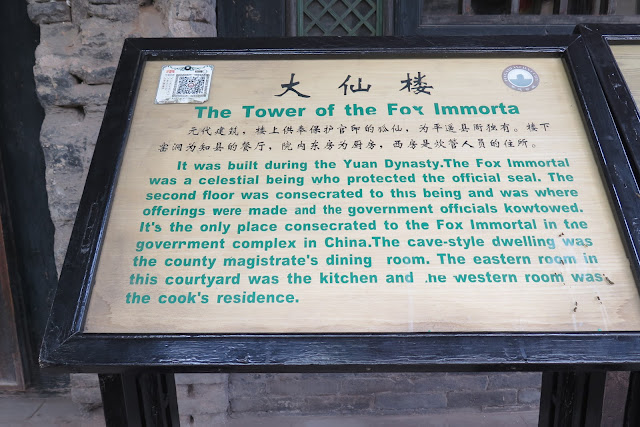


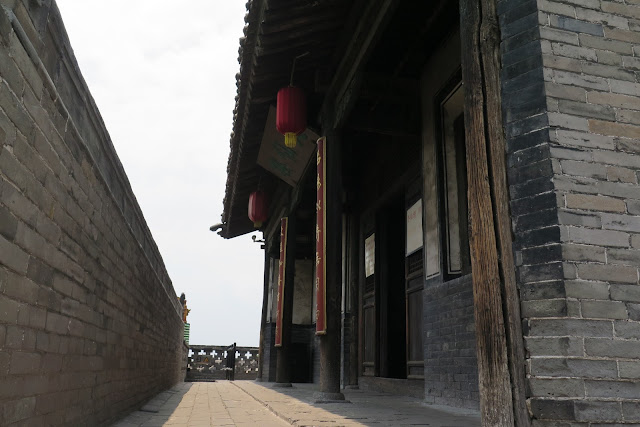
























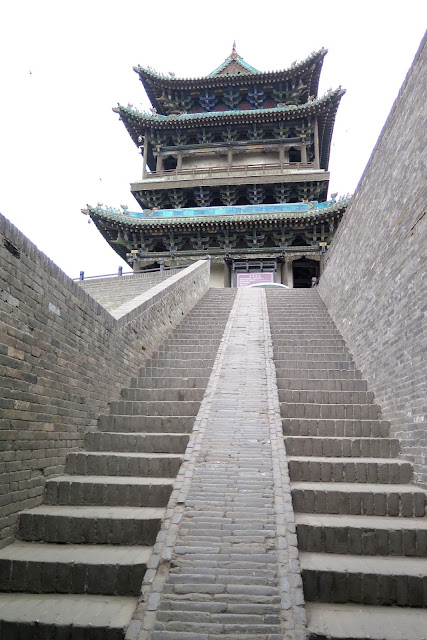























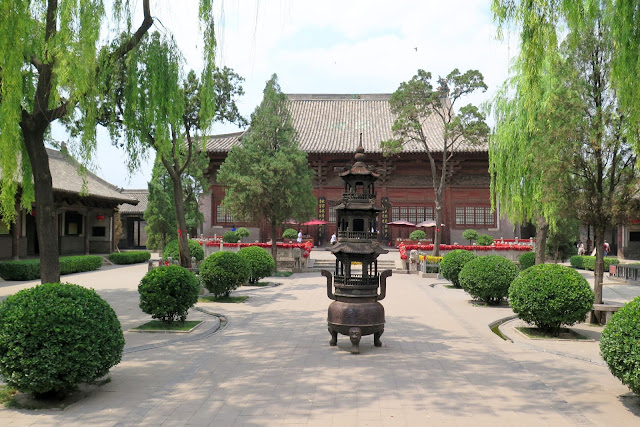




















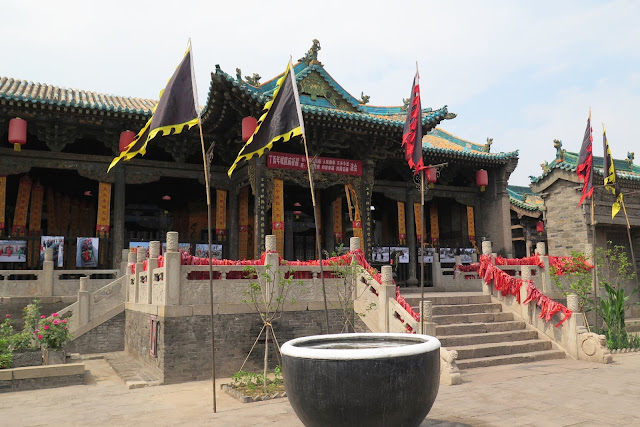











































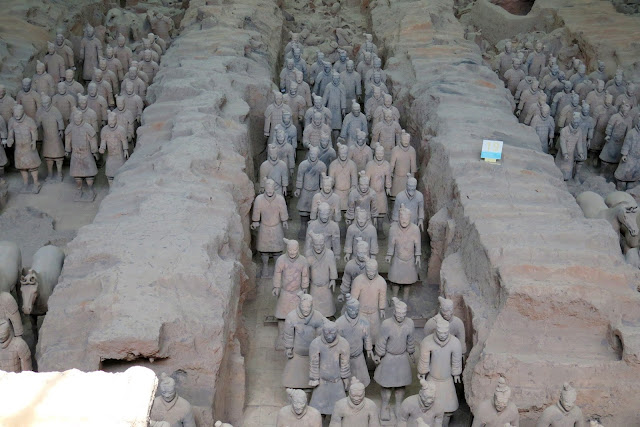





































































































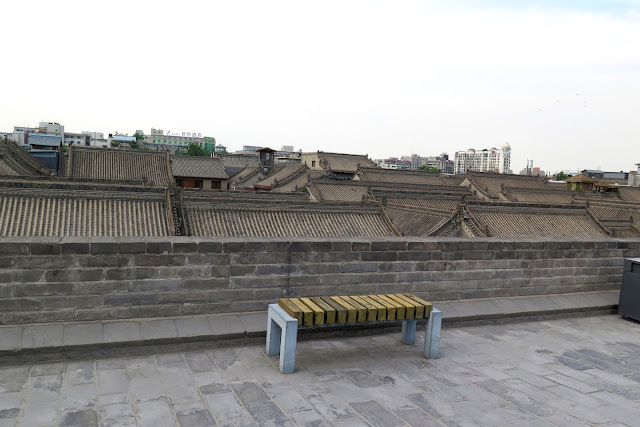
No comments:
Post a Comment